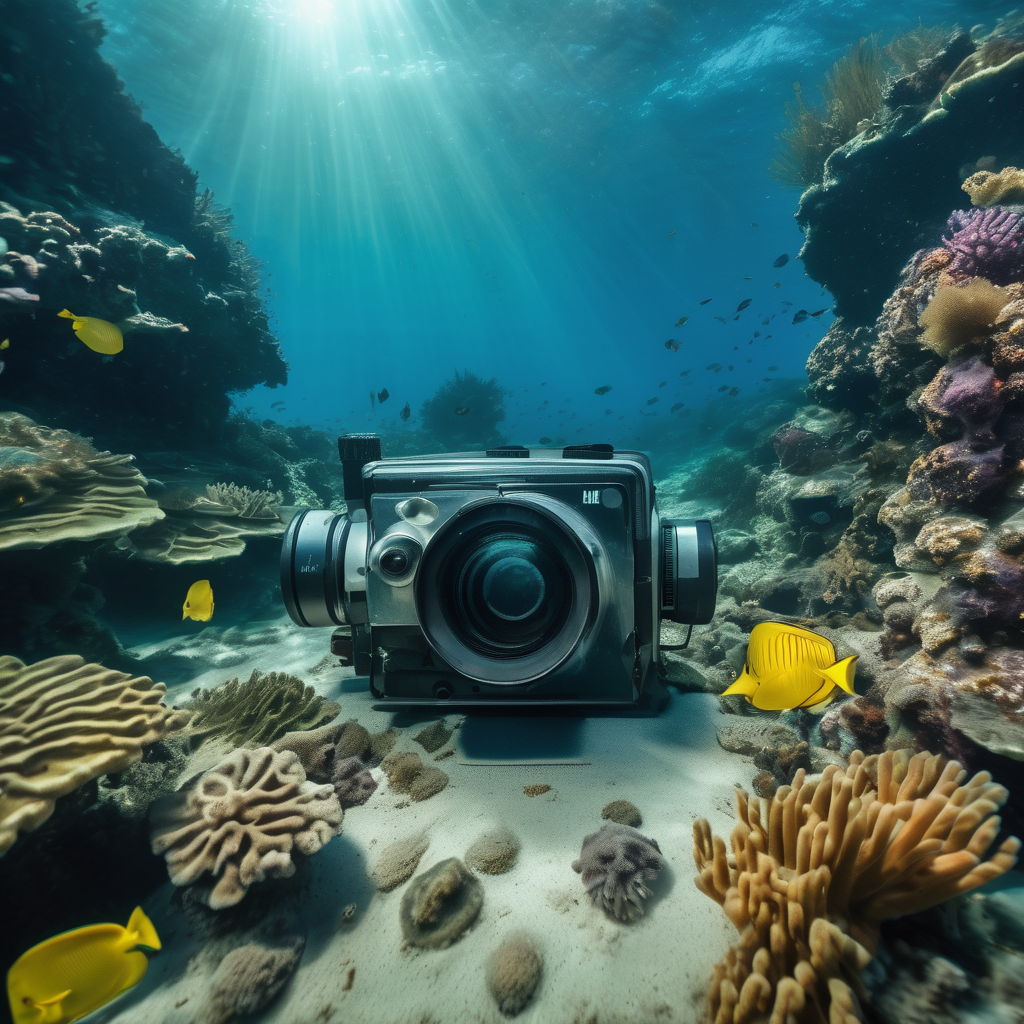Recovery teams have made a significant discovery regarding the Titan submersible wreck, locating its specialized stills and video camera intact. Despite sustaining some damage to its housing and internal components, tech enthusiast Scott Manley shared that the internal SD card remained “undamaged.” An analysis of the memory card has yielded 12 still images and nine videos.
The recovery teams identified a SubC-branded Rayfin Mk2 Benthic Camera amidst the wreckage of the ill-fated submersible operated by OceanGate. This robust underwater camera is designed for extreme depths, rated to endure pressures found at 6,000 meters (19,685 feet, or 3,281 fathoms). Constructed from titanium and synthetic sapphire crystal, the device features both onboard memory and expandable storage via the SD card.
While the camera casing remained intact, it was noted that the lens was shattered but remained in position. Inside the camera, the printed circuit boards (PCBs) experienced minor damage, with some connectors and surface mount components equivalently affected. Although detailed images of the PCB were blurred upon request from SubC, internet enthusiasts have speculated about the components that may have been redacted from view.
Manley’s investigative thread suggests that one of the principal PCBs is an Inforce 6601 System on Module (SoM) using Qualcomm’s SD820 processor, including 4GB of RAM and 64GB of UFS storage. Another suspected component is the Teensy 4.0 or 3.2 microcontroller unit. The undamaged SD card is presumed to be a SanDisk Extreme Pro 512GB.
The data recovery involved creating an exact binary image of the SD card to ensure the original data remained untouched. Teams from Canada’s Transportation Safety Board and SubC ultimately convened in Newfoundland to connect a recovered NVRAM chip and the SD card image to a surrogate SoM board. This process successfully retrieved 12 still images and nine videos.
The captured images boast a resolution of 4,056 x 3,040 pixels, suggesting the use of a standard 12.3MP sensor, while the videos are recorded in 4K Ultra HD (3,840 x 2,160 pixels). Unfortunately, the footage and images documented were limited to the area surrounding the ROV shop at the Marine Institute in Newfoundland, where the Titanic dive missions were coordinated. Crucially, no recordings from the actual fateful dive were found, as the camera had been set up to transfer data to an external device, meaning that nothing pertinent to the tragedy was available.
This recovery operation highlights both the resilience of technology designed for extreme conditions and the importance of data preservation, potentially aiding future investigations.
